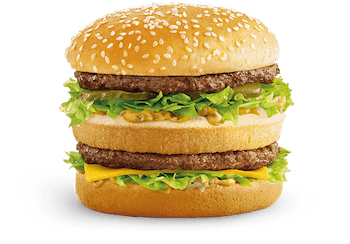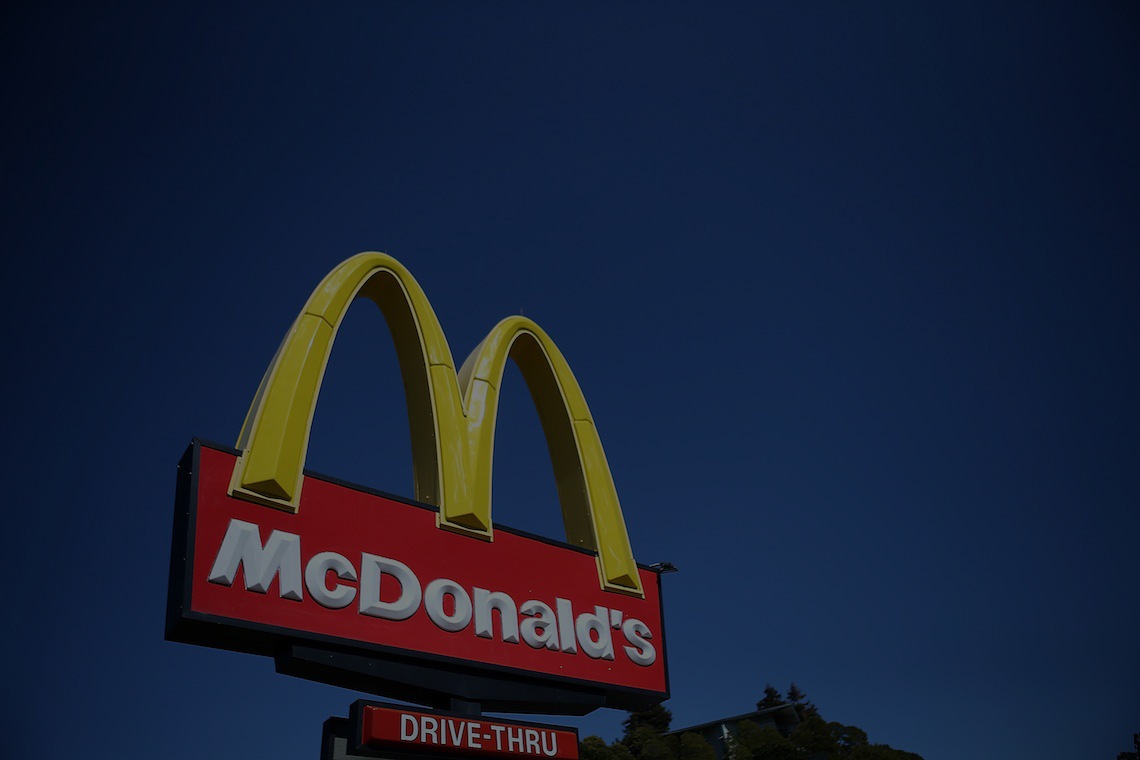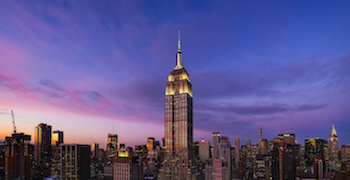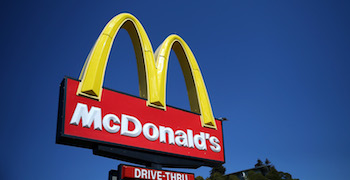
McDonald's is the world's largest chain of hamburger fast food restaurants. They open more stores a year than there are Chipotle locations worldwide. In fact, of McDonald's 35,000+ locations, they have more retail storefronts than Burger King, Wendy’s, Taco Bell and Arby’s combined. McDonald's employs more than 1.8 million people worldwide, more than the population of Philadelphia. Every single day, McDonald's serves almost 1% of the entire world population, about 66 million people. That equates to about 75 hamburgers every second, or 5 billion annually. These statistics are astonishing accomplishments, but did you know that McDonald's makes more money in real estate than from hamburgers? In fact, McDonald's has nearly $30 billion in real estate holdings, making it one of the largest commercial real estate owners in the world.
Business historians usually attribute Ray Kroc with McDonald's’ story, but in fact it was another employee that was the real genius behind their success - Harry Sonneborn. Kroc (and the McDonald Brothers) was very sincere about selling the American consumer quality, fast, cheap food. But it was Harry Sonneborn that became the key to McDonald’s success, by envisioning real estate, rather than fast food, as the real profit for McDonald's.
In the mid 1950’s when McDonald's began, each restaurant required a land parcel. Franchisees needed Kroc to finance the land in order to build the restaurant. Yet the restaurants were not making enough money to pay the debt on the land. Kroc was forced to build one store at a time due to the requirements banks imposed on the real estate acquisitions. Kroc could not get financing to open multiple locations at once, making it difficult to expand. He had to find another way. Then in 1956 Kroc hired Sonneborn, who immediately saw the writing on the wall; fast food didn’t make enough profit to sustain their expansion plans. Something had to be done. Investors were sought, and banks were tapped, but neither Kroc nor Sonneborn found anything landing in their favor.
Then Sonneborn figured it out; McDonald's would lease the whole site for each restaurant (including the land) from a land owner, rather than purchasing the parcel outright. Then McDonald's would sublease it back to the franchisee, who would manage the restaurant. McDonald's would eventually prove a consistent revenue stream and acquire a mortgage to purchase both the land and the building. To do this, they created the Franchise Realty Corporation, which handled all the transactions. It worked. The strategy Sonneborn created allowed Kroc to buy out the McDonald brothers in 1961 for $2.7 million, enough to pay each brother $1 million after taxes. Today, McDonald's is a publicly traded company worth around $100 billion dollars. By 1963, Kroc and Sonneborn opened their 500th McDonald's location. Sonneborn eventually became McDonald's CEO.
The only reason we sell 15 cent hamburgers is because they are the greatest provider of revenue from which our tenants can pay us rent. - Harry Sonneborn
Today, the Franchise Realty Corporation is one of the largest commercial real estate owners in the world. It owns $28.4b (2015) worth of land and structure, before depreciation. Compared to the largest real estate investment firms in America, McDonald’s would rank next to companies such as Blackstone, Starwood Capital, Lone Star Funds and Brookfield Asset Management. Franchise Realty Corporation controls all the real estate it owns and leases its land back to franchisees on a system based on success – the more money a restaurant makes, the more it pays back to McDonald's in fees. This was the genius Sonneborn created; the company financed the property using long-term, fixed rates but passed along variable fees to the franchisees¹. This created massive profits for the Franchise Realty Corporation and put McDonald's on the map in the commercial real estate world.

A typical example of the franchisee deal is as follows: A franchise wants to open in a shopping center. McDonald's negotiates with the landlord directly, spending an average of $9,000² per month for rent. They then charge the franchisee 8.5 percent of monthly restaurant revenues. A typical McDonald's restaurant creates approximately $200,000³ in revenue per month. The 8.5 percent requirement equates to more than $17,000 per month in fees which the franchisee pays back to McDonald's. These fees not only comfortably cover the lease expense on the site, but create profit for McDonald's. Additionally, there is packaging, food and other needs every franchisee is required to purchase directly from the McDonald's corporation to maintain quality control.
According to the 2015 McDonald's annual report, they claimed their rent liability worldwide totaled $1.06 billion⁴. Yet they collected $8.9b in revenue fees from franchisees, equaling a return on investment of about 800 percent! Imagine for a moment renting a storefront for $10,000 per month, then subleasing it for $80,000? It would be a deal of a lifetime for any typical commercial real estate investor, but one that McDonald's executes daily. Then if you put into perspective that nearly 82 percent of McDonald's restaurants are owned by franchisees, but 18 percent are owned by the McDonald's directly⁵. That is about 6,400 stores where McDonald's make 100 percent of the profits! The numbers are too unreal for a typical investor to fathom, but normal for McDonald's.
So what about spinning off as a REIT? McDonald's has consistently maintained that owning its own property protects the assets and, in turn, their franchisees. But recent interviews of company executives opened the possibility of spinning off its real estate⁶. CFO Kevin Ozan said in early 2015 that the board would consider all options to boost shareholder value, including real estate ownership modifications. But to date, no action has been taken by either McDonald's executives, their board, or shareholders. Yet the activist investors have tried to force the issue.
In 2014 Bill Ackman tried to force McDonald’s to create a REIT, but the shareholders killed it - barely. Vornado Realty Trust, a REIT based in New York City, which has a 1.5 percent stake in McDonald's⁷ has also raised speculation of forcing a move. And most recently, Glenview Capital Management investor Larry Robbins pressured McDonald’s to create a REIT, saying the assets are worth $20 billion, but this push was also killed by shareholders⁸. McDonald's Chief Administrative Officer, Pete Bensen, recently said any possible benefit that could come from creating a REIT would be outweighed by “significant financial and operational risks to the business while it effectuates its turnaround, given that it is easier to make changes at restaurants it owns.”
The genius of what Kroc and Sonneborn created was a consistent low-risk to return on investment ratio. While they rely on franchisee revenues to maintain real estate debt, their brand has created a consistent customer base which has generated McDonald's massive profits.
Sources
1Adam Brownlee, Motley Fool
2Example New Lease Agreement, www.exp1031.com
3Business Insider, www.businessinsider.com
4Jonathan Maze, Reporter's Notebook
5John Maxfield, Motley Fool
6Julie Jargon, Wall Street Journal
7Chicago Tribune
8Phil Wahba, Fortune




